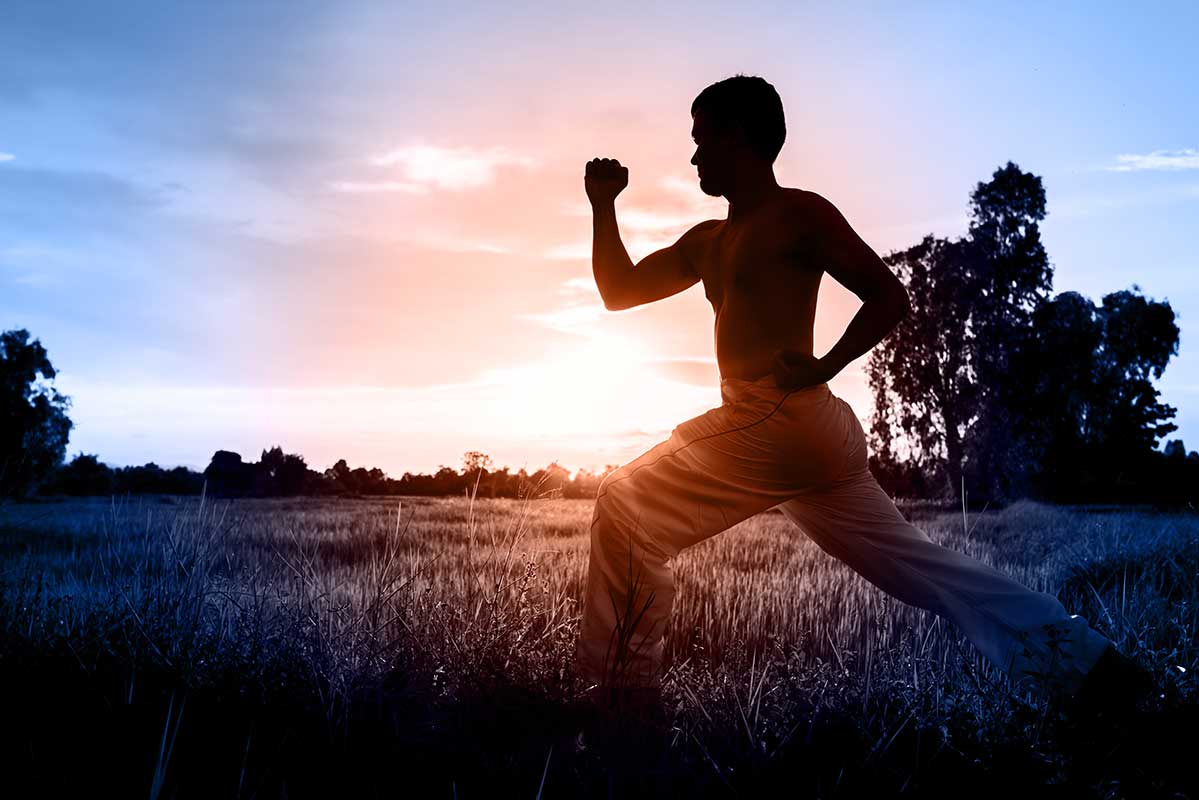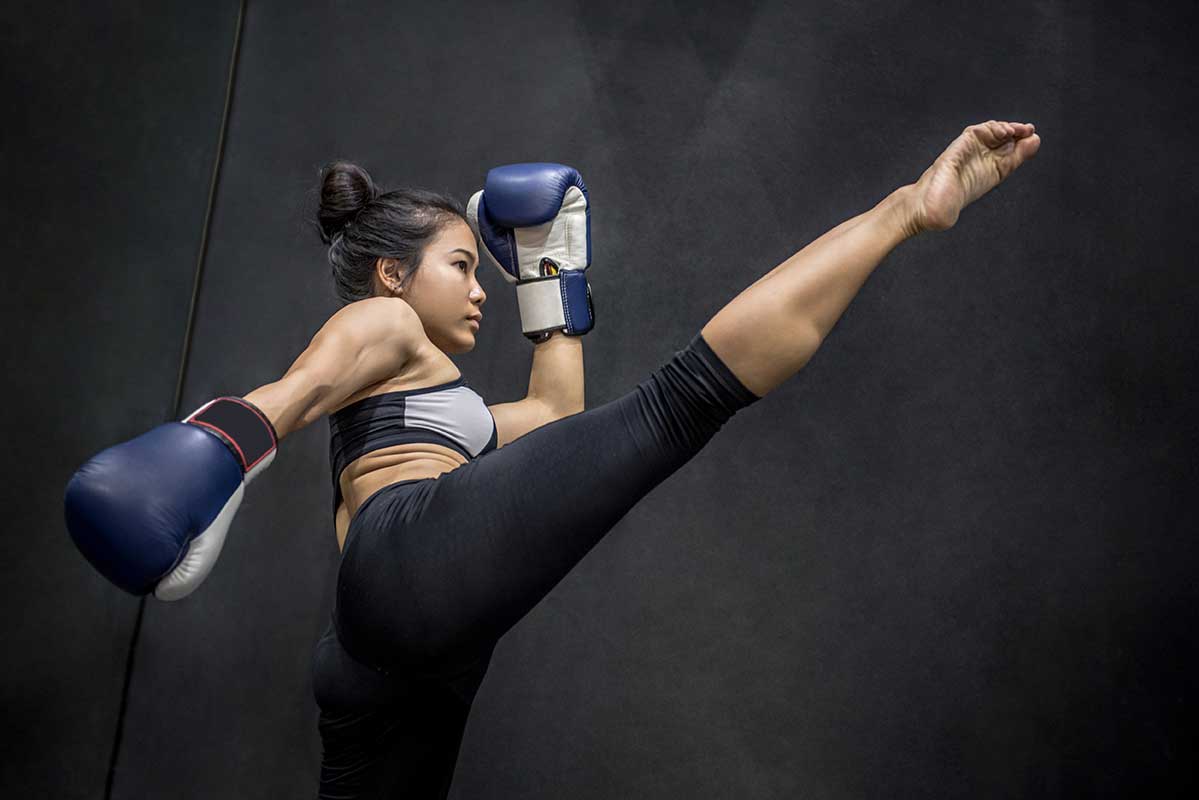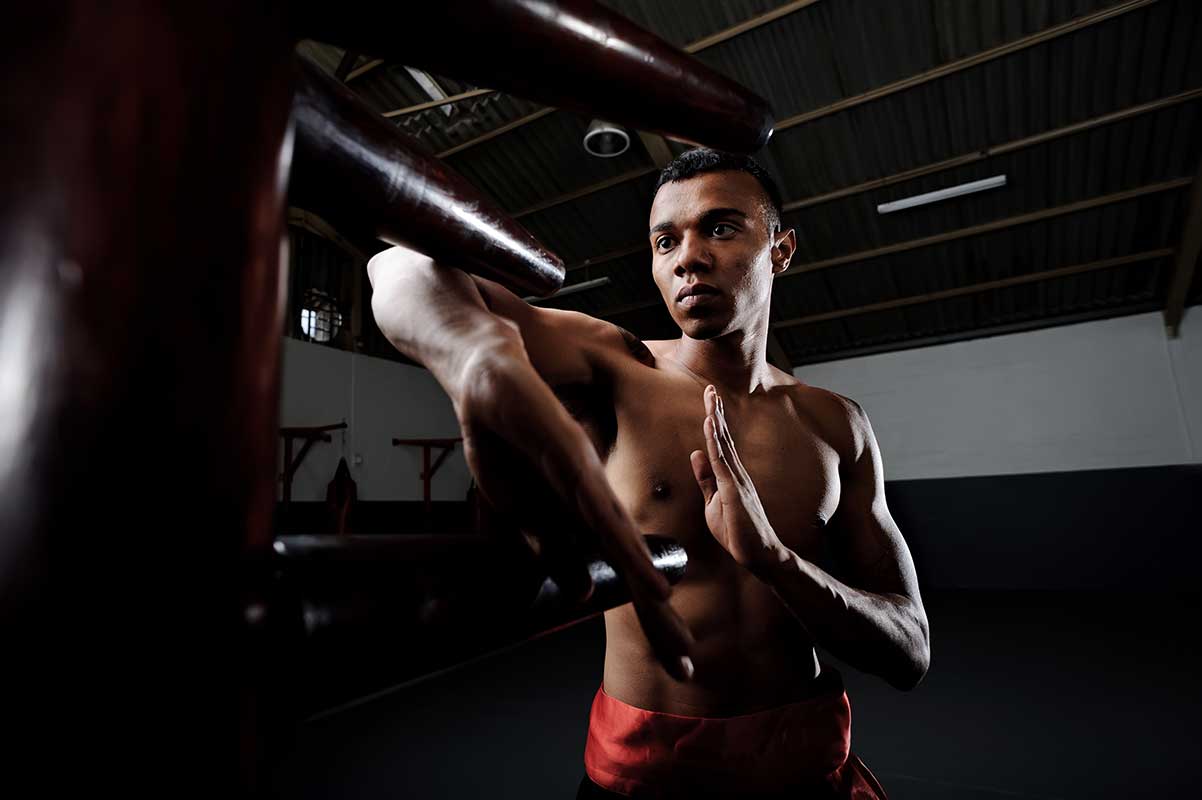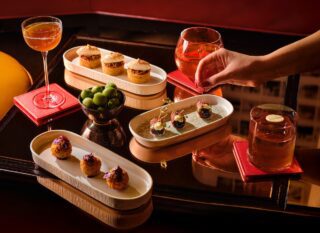This website uses cookies so that we can provide you with the best user experience possible. Cookie information is stored in your browser and performs functions such as recognising you when you return to our website and helping our team to understand which sections of the website you find most interesting and useful.
Fighting talk: How the success of British MMA has inspired us to discover the physical power and mental discipline of martial arts
By Ross Forbes | 6 March 2021 | Sport
We discover London’s most prestigious martial arts studios and explore the history of hand-to-hand in the UK

Over the last decade, Britain’s mixed martial arts (MMA) scene has enjoyed a golden period on the world stage. Thanks to its high-level intensity and global appeal – enabled by the dominance of the international UFC (Ultimate Fighting Championship) as the title to win – MMA is the fastest growing sport in the world, with devoted fans driving the popularity up to the levels usually only seen in boxing.
As the name suggests, mixed martial arts is a competitive combat sport where fighters seamlessly combine a variety of hand-to-hand styles – from Brazilian jiu jitsu and Thai boxing to krav maga and wrestling. With well-known fighters such as Anderson Silva, Ronda Rousey and British champ Michael ‘The Count’ Bisping all taking their mastery of such forms into the ring, the popularity of MMA has also inspired a rise in classes and independent training in the capital, as novices discover the physical and restorative benefits of martial arts in London’s finest studios and dojos.
Martial arts in general boasts numerous health benefits. Not just a great physical workout – combining exhaustive cardio, toning and increasing athleticism and flexibility – many forms of combat and self-defence training provide students with greater confidence, focus and mental discipline.

LOOK TO THE EAST
While every country has its own historical style of hand-to-hand combat, many consider East Asia to be the spiritual home of martial arts, with prominent styles such as judo, karate, kung fu and taekwondo all originating from the region.
Western interest in Asian martial arts can be traced to the late 19th century, when demonstrations were viewed by western visitors as entertainment or even a form of dance. British railway engineer Edward William Barton- Wright studied jiu jitsu – a Japanese close combat technique – while working in Japan in the 1890s, and, on his return to Europe, is the first person known to have taught this style. In 1899 he created bartitsu, which combines jiu jitsu, judo, boxing, savate and stick fighting – and which was immortalised by writer Sir Arthur Conan Doyle as the fighting form of choice for his character Sherlock Holmes.
During the Second World War, Shanghai- based expert William E Fairbairn was recruited by the Special Operations Executive to teach jiu jitsu to UK, US and Canadian Special Forces. By the 1970s, Japanese arts including karate and judo had become extremely popular, particularly in the US, while movie star and fighting legend Bruce Lee almost single-handedly popularised the Chinese art of kung fu – particularly wing chun and his own style, jeet kune do (“the way of the intercepting fist”).
In London’s Chelsea, Europe’s oldest and most prestigious martial arts centre, the Budokwai, has been teaching children and adults judo since 1918, and now includes lessons in shotokan karate, aikido and gracie jiu-jutsu in its operation. Founded by Japanese immigrant Gunji Koizumi, the club was originally located in Lower Grosvenor Place – along the back wall of Buckingham Palace – and soon played a leading role in establishing the European Judo Union and International Judo Federation. Its philosophy has three main elements: “In pursuance of judo, be earnest, sincere and open-minded for mutual assistance. To treasure chivalry, despise cowardice and esteem straight living. To never boast of, or misuse, one’s skill in judo or other arts.”
Budokwai member Charles Palmer successfully campaigned for the inclusion of judo in the Olympic Games – just in time for the Munich 1972 games in which Team GB won three medals.
Many of today’s martial arts classes focus on the health and exercise benefits that come with learning self-defence and combat techniques. Arts such as karate, jiu jitsu and taekwondo combine cardio and toning exercises seamlessly, working the whole body to help improve one’s balance, strength, stamina and flexibility – but also one’s confidence and self-esteem.

MIND OVER MATTER
A key element of martial arts teaching is the importance placed on mental resilience and discipline – indeed, the ultimate aim of many martial arts is to prevent the need for violence.
Dr Mark Phillips, who founded the London Wing Chun Academy in 2003, is a professional martial artist, self-defence instructor and security consultant. Much of his teaching incorporates real-world scenarios, such as situational awareness, managing emerging threats and facing fear or intimidation, but he also believes that the mental resilience one learns through training is the most important combat skill.
“What you gain mentally from training is maybe more important than what you gain physically,” he says. “Mental resilience is the most important thing you can learn, whether you’re facing physical violence in the real world, training for a competition or going through something like the Covid-19 pandemic, where we’re living in isolation.
“Martial arts training doesn’t just teach you how to face physical and mental adversity, it demonstrates that you will face it and then teaches you how to work through it. It teaches you to have belief and confidence in yourself: because it doesn’t matter how hard you can punch. If you don’t believe you will be able to defend yourself, you won’t defend yourself.”
Continuing this resilience training through national lockdowns, The London Wing Chun Academy has been offering virtual classes in disciplines including wing chun, MMA and Brazilian jiu jitsu to new and existing students.
Other martial arts, such as the slow, fluid forms of tai chi, are championed in a similar way to yoga practices for their calming and spiritual connections.
One thing that all these martial arts forms seem to combine is an adherence to and emphasis on a code of inner strength to match the practitioner’s outer skills. From the rigid hierarchal teaching structure of master or teacher and student (and the big brother/little brother dynamic between students of varying skills themselves), to the strict emphasis on the moral code that is key to mastering techniques themselves, it is clear that martial arts is not merely about the body. And with stress- management and increased concentration, willpower and energy all core benefits of these physical sports, martial arts training might just be the best defence for body and mind.
Read more in Tempus Magazine issue 72, available to download now







